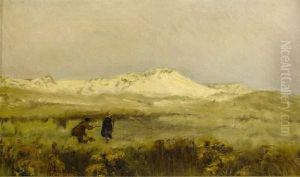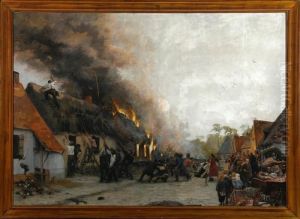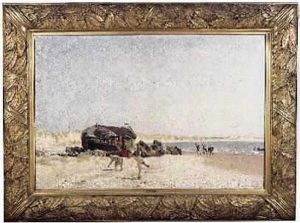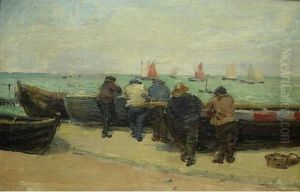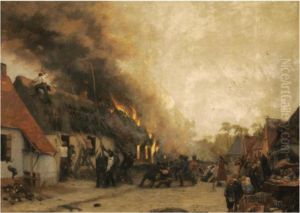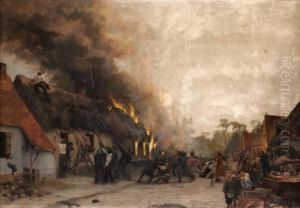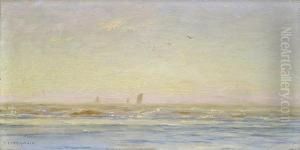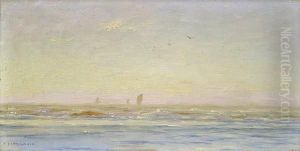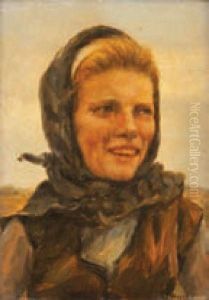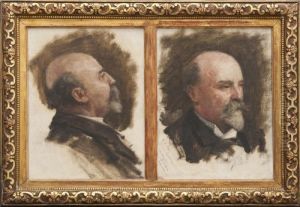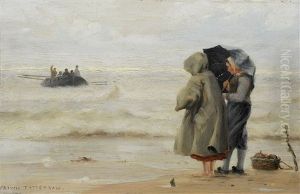Francis Tattegrain Paintings
Francis Tattegrain was a French painter born on April 16, 1852, in Peronne, France. He was noted for his landscapes, genre scenes, and marine paintings, embodying the spirit of naturalism that was prevalent in late 19th-century French art. Tattegrain's early life was steeped in an environment conducive to artistic development, leading him to pursue his passion for painting from a young age.
Initially, Tattegrain trained under his father, who was also an artist, before continuing his studies at the École des Beaux-Arts in Paris. There, he was influenced by the works of the Barbizon school and the burgeoning Impressionist movement, though he maintained a distinctive style that combined elements of realism and naturalism.
Throughout his career, Tattegrain participated in various Paris Salons, gaining recognition and accolades for his work. His paintings often depicted scenes from the French countryside and coastal areas, with a particular emphasis on the rugged landscapes of Brittany and Normandy. Tattegrain's ability to capture the mood and atmosphere of these locales won him acclaim and the admiration of his contemporaries.
In addition to landscapes, Tattegrain was also known for his depictions of peasant life, reflecting a genuine interest in the social conditions and daily lives of rural communities. His approach to these subjects was both empathetic and realistic, showcasing his skill in portraying human emotion and the natural world with equal proficiency.
Tattegrain's contributions to French art were recognized with several honors throughout his lifetime, including awards at the Exposition Universelle. Despite facing health challenges in his later years, he continued to paint and exhibit his work until his death on March 1, 1915, in Paris. Today, Francis Tattegrain's paintings are celebrated for their technical skill, emotional depth, and enduring beauty, holding a significant place in the history of French art.
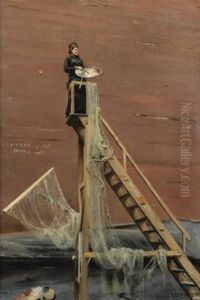
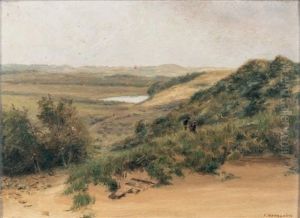
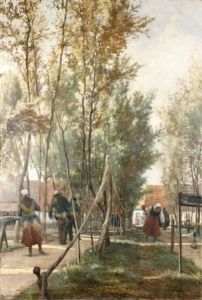
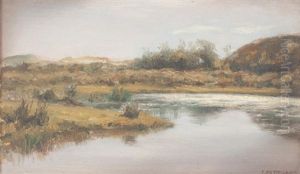
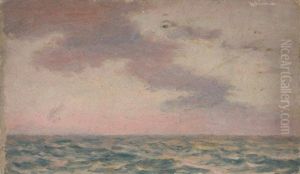
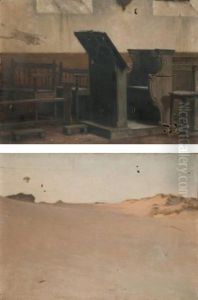
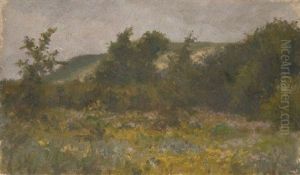
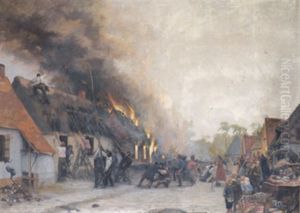
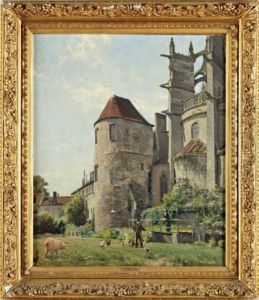
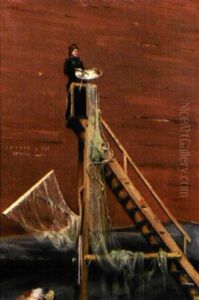
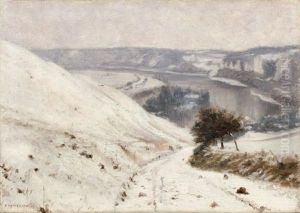
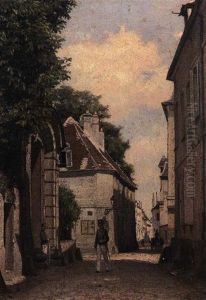
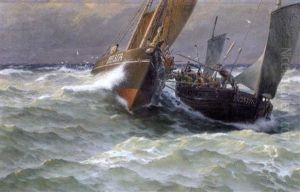

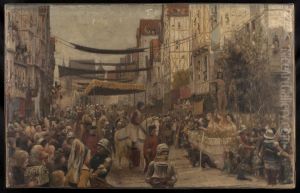
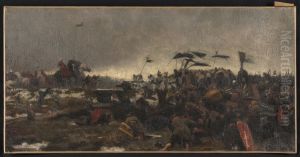
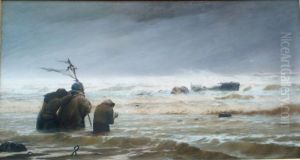
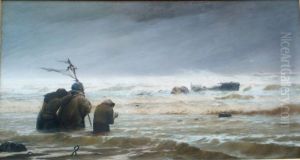
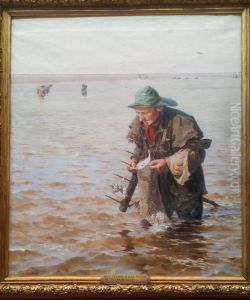
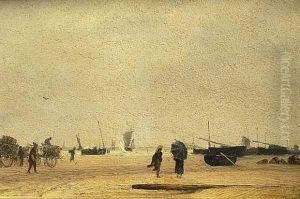
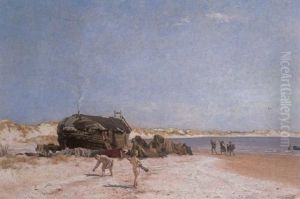
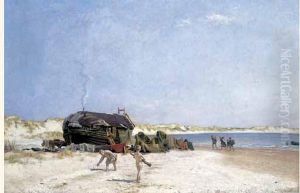
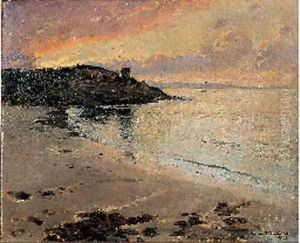
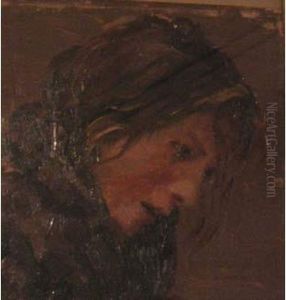
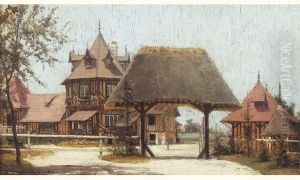
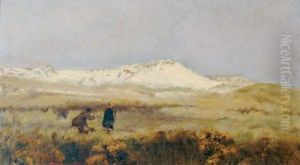
![La Femme Peintre De Marines [ ; The Woman Artist ; Signed Lower Right ]](https://www.niceartgallery.com/imgs/1637886/s/francis-tattegrain-la-femme-peintre-de-marines-the-woman-artist-signed-lower-right--39cd53ae.jpg)
